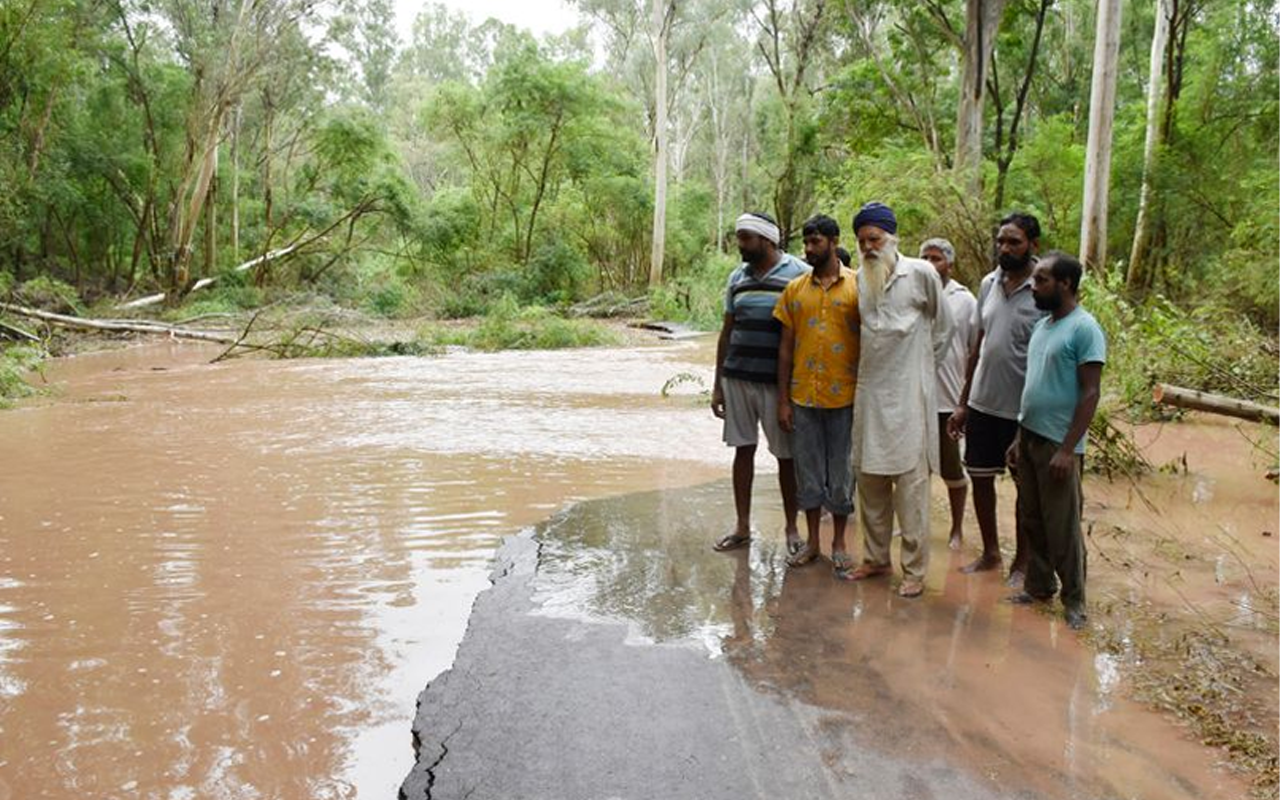The devastating floods that have ravaged Punjab over the past few days have caused extensive ecological damage, with preliminary estimates suggesting that forest plantations on nearly 780 hectares have been affected and around 5 lakh trees uprooted or damaged.
The swollen waters of the Beas, Sutlej, and Ravi rivers not only breached earthen embankments (dhussi bundhs) but also submerged large tracts of forestland and nurseries. The Principal Chief Conservator of Forests, Dharminder Sharma, stated that the department has already incurred an estimated loss of ₹3.6 crore. The full extent of the damage to plantations and wildlife will be assessed once the floodwater recedes.
The worst-hit areas are four block forest ranges in the border districts of Amritsar and Tarn Taran, which cover thousands of hectares. These forests are ecologically significant, home to six varieties of shrubs, nine varieties of mammals, 59 species of birds, and four species of reptiles. A nursery with over one lakh saplings in these areas has also been submerged. The floods have also severely impacted the ecologically sensitive Harike Wetland, posing a threat to its endangered gharial population.
Officials noted damage to plantation on dhussi bundhs in multiple regions, including Kathgarh range along the Sutlej in Nawanshahr, and along the Ravi in Pathankot and Gurdaspur. The incident is a major setback to the state government’s plans to expand its forest cover and highlights the vulnerability of natural habitats to extreme weather events.


